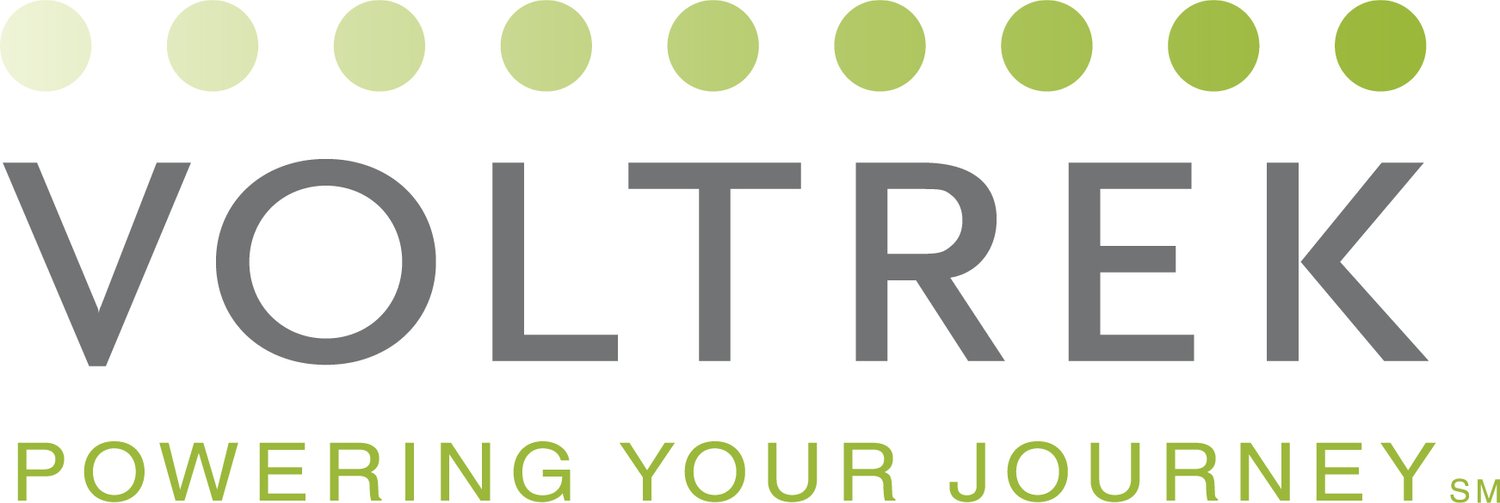Juicing Up Your Business
Understanding the different levels of EV charging and which one is right for your location
Electric vehicles (EVs) are driving us into a greener future. As more people adopt EVs, there’s a surging demand for charging infrastructure that is convenient, affordable, reliable and equitable. If you are a site host—be it a shopping center, restaurant, university, apartment complex, highway rest stop, fleet depot, corporate workplace or other venue—offering EV charging meets a growing need and escalates your property’s value and appeal.
Knowing what charging methods are available and how they can be tailored for specific uses is essential. Choosing the right charging solution hinges on the nature of your business and what your customers truly need, among other considerations.
Commercial Charging Options
Charging stations deliver electric power in distinct ways, directly affecting how quickly an EV gets charged. Two popular options for commercial use are Level 2 alternating-current (AC) charging and direct-current (DC) fast charging. There were reportedly 142,000 publicly accessible charging ports available in the United States in early August 2023, according to the U.S. Department of Energy’s Alternative Fueling Station Locator. This includes about 32,000 DC fast charging ports and nearly 110,000 Level 2 ports.
By understanding the unique advantages and applications of each charging solution, you can better serve your customers’ EV charging needs. Read on as we explore the dynamics of Level 2 charging and DC fast charging.
Level 2 Charging: The Perfect Balance
Level 2 charging strikes a nice balance between charging speed and equipment/installation costs. These stations are ideal in places where cars are parked for an hour or more—including workplaces, light-duty fleets, multifamily housing and public parking.
Compared to fast chargers, Level 2 equipment usually requires less robust electrical infrastructure, making it easier and cheaper to install in many settings. The stations require a 208- or 240-volt plug, akin to what’s used for large household appliances. Due to their moderate charging rate, Level 2 chargers are more energy-efficient and can even help reduce strain on the electric grid during peak times.
Unlike Level 1 chargers, which offer around 2-5 miles of range per hour of charging, Level 2 stations typically provide anywhere from 10 to 25 miles of range per hour, depending on the EV’s acceptance rate.
Many site hosts opt for Level 2 chargers because they are the most affordable and practical option. While not as rapid as DC fast charging, Level 2 charging speeds are still considerably fast, juicing the average EV to 100% capacity in 4 to 10 hours. This is ideal for businesses and organizations that want to offer convenient and efficient charging for their customers or employees.
DC Fast Charging: The Pinnacle of Power
DC fast charging is undeniably the speed king. Capable of replenishing an EV’s battery to 80% in a mere 20-30 minutes, this advanced technology runs on high-voltage power, usually 480 or 1000 volts. These types of stations make a strategic addition in places where drivers prefer to recharge quickly, such as along highways or at busy commercial centers.
But beware, not all DC chargers are created equal! Genuine fast chargers boast impressive power ratings between 150 and 350+ kW. This allows them to recharge light-duty EVs up to 15 times faster than Level 2 stations—an extraordinary feat indeed! However, it’s worth noting that the actual charging velocity can vary and is influenced by several factors, including the vehicle size, battery capacity, and the specific charger’s capabilities.
DC fast charging has also become integral to the world of fleet management. Rapid charging helps to curb downtime and enhance operational efficiency, a major advantage for fleets requiring quick turnarounds or those with extended operating hours. DC fast charging is a reliable, efficient solution for government agencies, delivery and logistics companies, utilities, public transit authorities, ride-share operators, car rental companies, universities and schools, corporate entities and many others.
As a best-in-class EV charging solution, DC fast chargers can be pricier to deploy than other types of chargers. This is due to their substantial power output and robust infrastructure requirements, among other factors. Despite the higher costs, fast charging’s unparalleled speed and convenience provide significant value and can lead to a higher return on investment. Plus, installing rapid chargers can elevate locales to must-stop destinations, providing a distinct advantage for many local property owners and businesses.
At Voltrek, we specialize in helping clients identify and secure financial incentives and rebates for EV charging infrastructure. By tapping into these resources, we help make EV charging projects more feasible and budget friendly.
Partner with a Professional
Commercial-grade charging stations require professional installation, given their intricate connection to the electrical grid. Your site’s existing electrical infrastructure may also require certain upgrades. With an expert EV partner and a better understanding of the different levels of EV charging, you can make informed decisions aligning with your needs and budget that enhance the attractiveness and sustainability of your property.
With EVs growing in popularity, there’s no better time to energize your site with modern EV charging solutions. Voltrek, as a value-added reseller of best-in-class EV charging solutions from ChargePoint, ABB, JuiceBar, EV Connect and other reputable brands, can handle EV charging needs of any scope or scale—from planning and installation to service and maintenance.
Embark on this incredible journey with Voltrek, a pioneering leader in all things EV charging! Contact us now to get started.
CLICK BELOW TO DOWNLOAD AND SHARE THIS INFOGRAPHIC!





